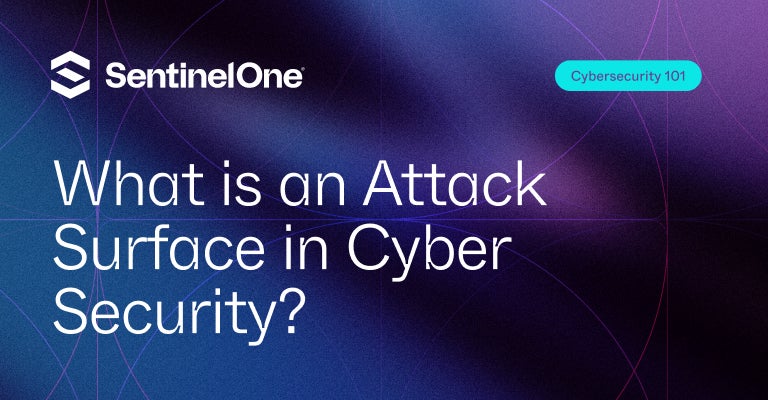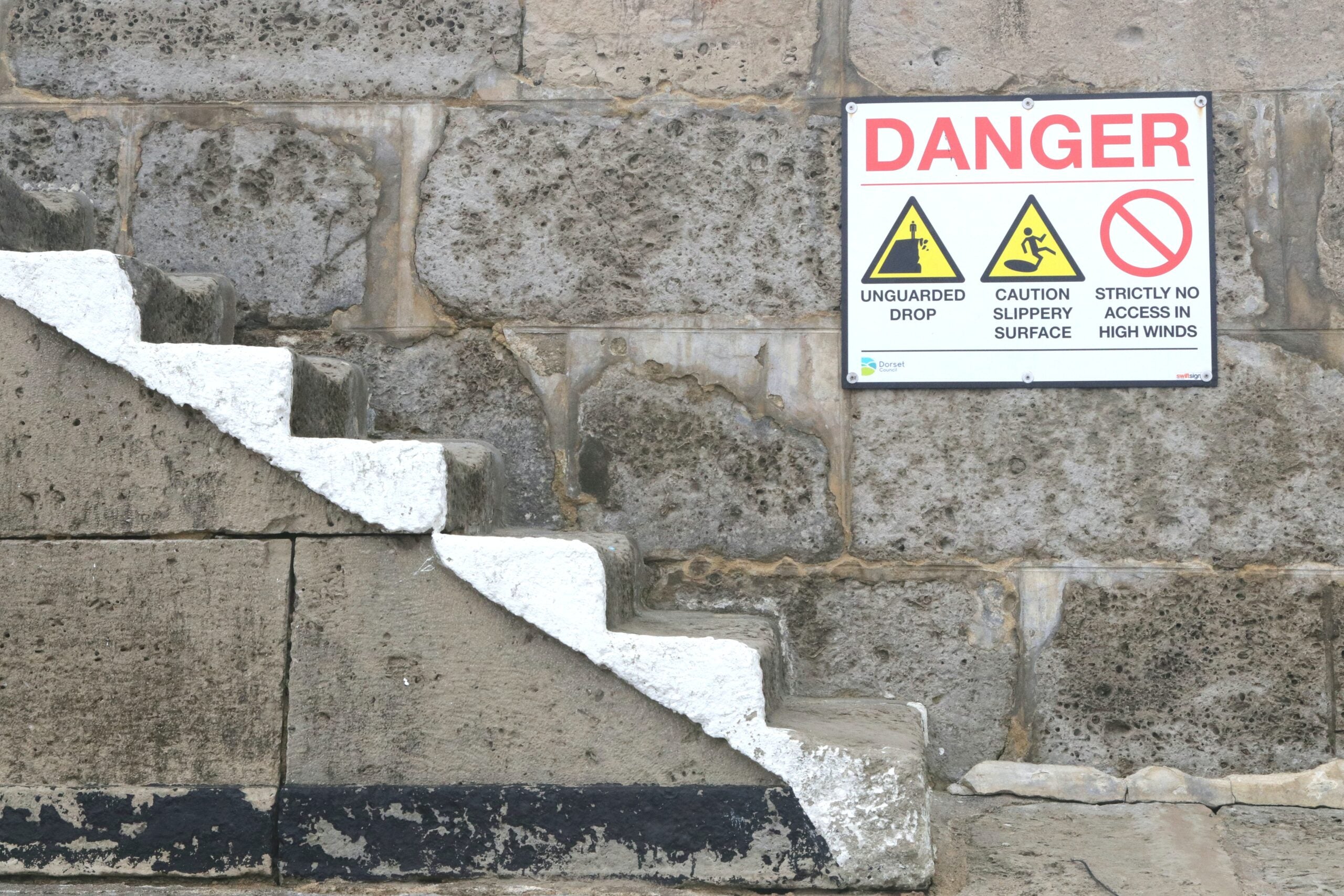The cyber attack surface refers to the total points of vulnerability in an organization’s IT environment. This guide explores the concept of attack surfaces, including external and internal threats, and how to identify and reduce vulnerabilities.
Learn about best practices for securing your attack surface and enhancing your overall cybersecurity posture. Understanding the attack surface is critical for proactive defense against cyber threats.

What Kind of Attack Surfaces are Common Nowadays?
There are several common types of attack surfaces in cybersecurity, including:
- Network attack surface: This refers to the potential vulnerabilities and entry points within an organization’s network infrastructure, such as routers, switches, and firewalls. Attackers can exploit these to gain unauthorized access to the network or launch attacks against other systems.
- Application attack surface: This refers to the potential vulnerabilities and entry points within an organization’s software applications, such as web applications, mobile apps, and cloud-based services. Attackers can exploit these to gain access to sensitive data, compromise user accounts, or spread malware.
- Device attack surface: This refers to the potential vulnerabilities and entry points within an organization’s devices, such as laptops, tablets, and smartphones. Attackers can exploit these to gain access to the device and steal sensitive information or to use the device as a launchpad for attacks against other systems.
- Identity/User account attack surface: This refers to the potential vulnerabilities and entry points within an organization’s user accounts, such as weak passwords or lack of access controls. Attackers can exploit these to gain access to sensitive data or launch attacks against other systems.
To reduce the attack surface and protect against cyber attacks, organizations can implement security controls and practices to mitigate these potential vulnerabilities and entry points. This can include implementing firewalls, intrusion detection and prevention systems, access controls, regularly updating software, and providing employee training on cybersecurity best practices.

What is the Problem with a Wide Attack Surface?
A wide attack surface can be exploited by various actors, including criminal organizations, nation-state actors, and individual hackers. These actors can use a variety of methods and techniques to exploit the potential vulnerabilities and entry points within an organization’s computer systems and networks, such as:
- Malware infections: Malware, such as viruses, worms, and ransomware, can be used to gain access to an organization’s systems and steal sensitive information or disrupt operations.
- Phishing attacks: Attackers can use social engineering techniques like fake emails or websites to trick users into providing sensitive information or accessing malicious links.
- Network-based attacks: Attackers can use denial of service (DoS) attacks or SQL injection to gain access to an organization’s network and launch attacks against other systems.
- Insider threats: Employees or other insiders who have access to an organization’s systems and networks can intentionally or accidentally expose vulnerabilities or provide access to attackers.
By exploiting a wide attack surface, attackers can gain access to an organization’s systems and networks, steal sensitive information, disrupt operations, or cause damage. To protect against these threats, organizations can implement security controls and practices to reduce the attack surface and improve their overall security posture.
What is an Attack Surface Reduction?
Attack surface reduction refers to the process of identifying and mitigating potential vulnerabilities and entry points within an organization’s computer systems and networks that can be exploited by attackers. This can include implementing security controls, such as firewalls, intrusion detection and prevention systems, and access controls to limit the potential vulnerabilities and entry points that can be exploited. It can also include regular security assessments to identify and remediate any new or emerging vulnerabilities and provide employee training and awareness programs to educate staff on best practices for cybersecurity. By reducing the attack surface, organizations can make it more difficult for attackers to gain access to their systems and networks and protect against potential cyber-attacks.
While a CISO (Chief Information Security Officer) can take steps to reduce the risk of cyber attacks, it is not possible to eliminate cyber risk. The nature of cybersecurity is constantly evolving, and new threats and vulnerabilities are constantly emerging. In addition, the increasing use of connected devices and the internet of things (IoT) creates new vulnerabilities that can be exploited by attackers. As such, a CISO can’t reduce cyber risk to zero. However, a CISO can implement a comprehensive cybersecurity strategy that includes multiple layers of protection and regularly reviews and updates this strategy to stay ahead of emerging threats and vulnerabilities. This can help to reduce the organization’s overall cyber risk and improve its ability to respond to and mitigate potential threats.
A CISO can reduce the risk of multiple attack surfaces by implementing a comprehensive cybersecurity strategy that includes multiple layers of protection. This can include:
- Regular security assessments to identify potential vulnerabilities and implement appropriate controls.
- Intrusion detection and prevention systems to detect and block potential attacks.
- AntiMalware software and other security tools to detect and remove malware.
- Firewalls to block unauthorized access and protect against network-based attacks.
- Strong and unique passwords for all accounts and regular password changes to prevent unauthorized access.
- Regular updates to operating systems and other software to patch vulnerabilities and prevent exploitation by malware.
- Employee training and awareness programs to educate staff on best practices for cybersecurity and data protection.
- Incident response plans to quickly and effectively respond to and mitigate potential threats.
By implementing these measures and regularly reviewing and updating them as needed, a CISO can reduce the risk of multiple attack surfaces and protect the organization’s computer systems and networks from potential cyber-attacks.
What Increases an Attack Surface and Why Is It Bad?
Increasing the attack surface can have several negative consequences for an organization. Some of the main problems with increasing the attack surface include:
- Increased risk of cyber attacks: A larger attack surface means that there are more potential vulnerabilities and entry points that can be exploited by attackers. This can make it more difficult to protect against cyber attacks and increase the organization’s overall risk.
- Reduced security posture: As the attack surface increases, the organization’s ability to detect and prevent potential attacks can be reduced, weakening its overall security posture.
- Increased costs: Implementing additional security controls and practices to protect against a larger attack surface can be costly and resource-intensive, requiring additional budget and staffing.
- Reputational damage: If an organization experiences a cyber attack, the resulting damage to its reputation and trust can be difficult and expensive to repair.
By reducing the attack surface, organizations can minimize these negative consequences and improve their security posture. This can help protect against cyber attacks, reduce costs, and maintain the organization’s reputation and trust.
Several factors can increase an attack surface, including:
- The use of multiple software applications and services: As organizations use more software applications and services, the number of potential vulnerabilities and entry points increases, making it more difficult to protect against cyber attacks.
- The use of connected devices and the internet of things (IoT): The increasing use of connected devices and the IoT creates new potential vulnerabilities and entry points that can be exploited by attackers.
- Poor security practices: Weak or default passwords, lack of access controls, and inadequate security training can all increase the attack surface and make it easier for attackers to gain access to an organization’s systems and networks.
- Using legacy systems and software: Older systems and software can have more vulnerabilities and are more difficult to update and protect, increasing the attack surface.
- The use of third-party services and suppliers: Organizations that rely on third-party services and suppliers can be vulnerable to attacks through these external providers, increasing the attack surface.
By addressing these factors and implementing appropriate security controls and practices, organizations can reduce the attack surface and protect against potential cyber-attacks.
AI-Powered Cybersecurity
Elevate your security posture with real-time detection, machine-speed response, and total visibility of your entire digital environment.
Get a DemoConclusion
Even if you managed to reduce your organization’s attack surfaces, it is still important to use anti-malware software, endpoint protection, or XDR to protect your organization’s computer systems and networks from malware attacks. XDR can provide additional layers of protection against malware, such as viruses, worms, Trojans, and ransomware, by detecting and removing these threats before they can cause damage or steal sensitive information. In addition, XDR can provide real-time protection against new and emerging threats, which can be difficult for a blue team to detect and prevent manually. As such, using XDR software in conjunction with a blue team can provide a more comprehensive and effective defense against malware attacks.
Attack Surface FAQs
An attack surface is the sum of all points—entry vectors—where an attacker can try to breach your systems or extract data. This includes software, network ports, APIs, cloud workloads, and physical devices that connect to your network. The larger the attack surface, the more opportunities attackers have to find a weakness and gain unauthorized access.
Knowing your attack surface lets you focus defenses on the most vulnerable entry points before attackers find them. If you can’t see every possible vector—web apps, open ports, or social engineering routes—you’ll leave gaps that lead to breaches. A clear map of your attack surface helps you prioritize controls, reduce risk, and respond faster to incidents.
There are three main types:
- Digital: Internet-facing assets like websites, servers, applications, cloud services, and APIs.
- Physical: Hardware and devices such as laptops, routers, USB drives, and on-prem servers that attackers can touch or steal.
- Social Engineering: Human elements, including phishing, impersonation, or baiting, where attackers exploit people rather than code.
The external attack surface includes all points exposed to the internet or third parties—public websites, APIs, and cloud endpoints. The internal attack surface covers resources inside your network—internal apps, admin tools, and endpoints accessible only after initial compromise. Shrinking both surfaces reduces the paths attackers can use to move laterally and escalate privileges.
Attack surface reduction is the process of eliminating unnecessary entry points and hardening the ones you need. You start by listing all assets, revoke unused services, close unneeded ports, remove outdated code, and enforce least-privilege access.
Tools like firewalls, zero-trust policies, network segmentation, and regular patching help implement reduction by minimizing exploitable pathways.
Here are the best practices for reducing your attack surface:
- Enable zero-trust: verify every request before granting access.
- Adopt least-privilege: give users only the rights they need.
- Segment networks: contain breaches by dividing environments.
- Patch promptly: fix vulnerabilities as soon as updates arrive.
- Monitor continuously: track asset changes and unusual activity.
- Train employees: teach them to spot phishing and social engineering attacks. These steps close gaps and limit where attackers can go if they breach one layer.


